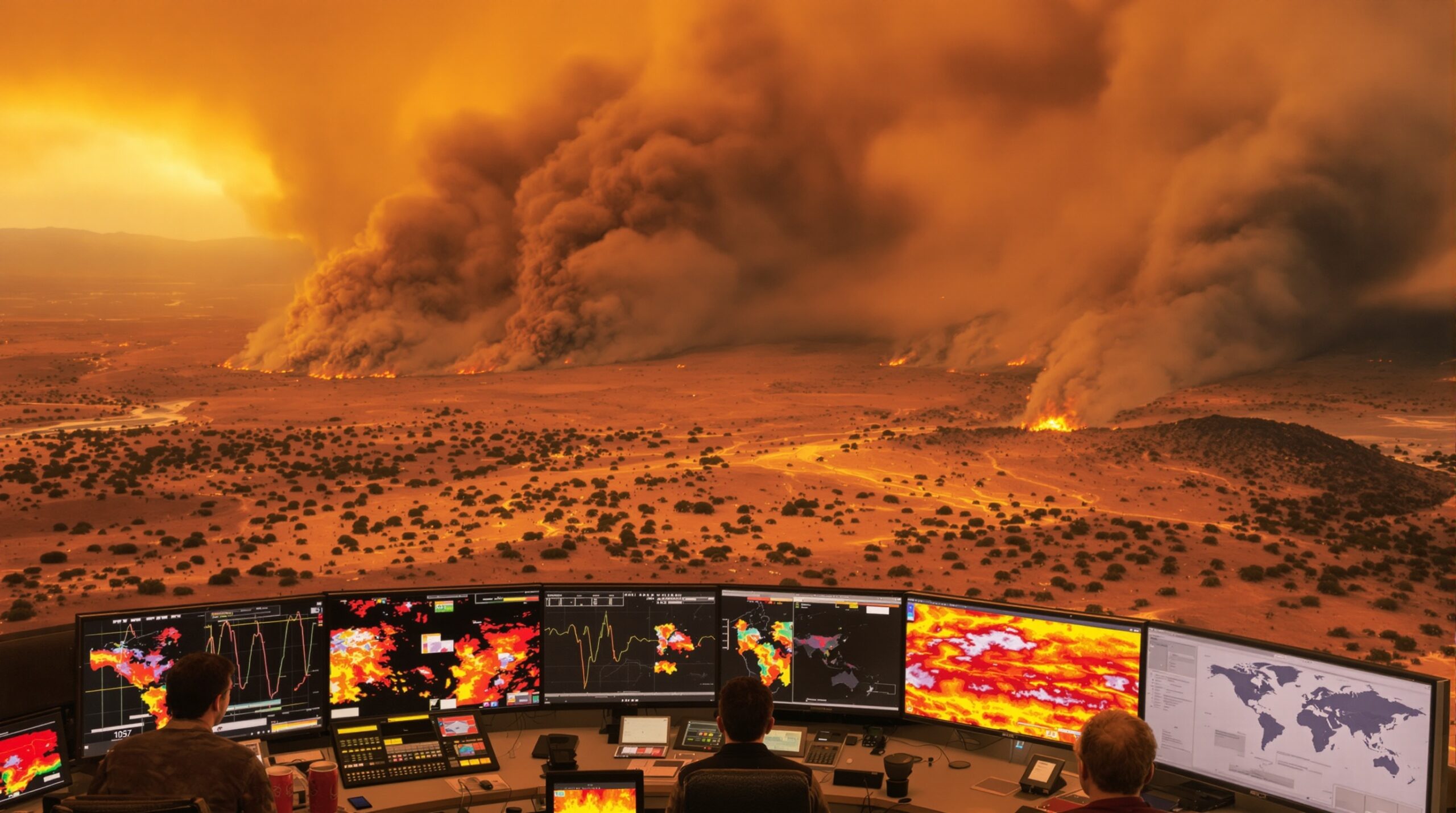Extreme heatwaves are gripping regions across the globe, stretching emergency response capabilities and highlighting the urgent need for innovation. As wildfires become more frequent and intense, communities are searching for new ways to predict, prevent, and manage them. Artificial intelligence (AI) has emerged as a promising solution. Today, AI-powered wildfire prediction tools are being put to the test in real-world environments, aiming to outpace the escalating threat.
Heatwaves Amplify Wildfire Risks
Strong, persistent heatwaves dry out vegetation, turning forests and grasslands into tinderboxes primed for ignition. Research shows that for every degree Celsius of warming, the frequency and intensity of fires increase sharply. Urban expansion into wildlands, coupled with drought conditions, has expanded the wildland-urban interface. This makes fire threats even more complex and dangerous for both people and ecosystems. Governments and firefighting agencies are under mounting pressure to act as traditional prediction and response systems fall short.
The Promise of AI-Driven Wildfire Prediction
AI-driven wildfire prediction tools leverage vast amounts of data to assess evolving fire risks with remarkable speed and accuracy. Unlike older statistical models, machine learning algorithms can recognize subtle patterns in satellite imagery, real-time weather data, and land use maps. These models update predictions as new information arrives, continuously refining risk maps and fire behavior forecasts. The result is earlier, more precise warnings, which can give first responders critical time to organize evacuations and suppression efforts.
Key Technologies Behind AI Wildfire Prediction
Most AI wildfire prediction systems combine convolutional neural networks and decision-tree ensembles for robust, real-time forecasting. Remote sensing data from satellites, drones, and ground sensors feed into these algorithms, enabling a dynamic overview of changing conditions. Natural language processing allows the analysis of text-based reports and social media posts to detect early fire indicators previously missed. Cloud computing platforms ensure these tools can process massive datasets rapidly and deliver actionable insights to decision-makers, even in the most remote areas.
Real-World Field Tests and Deployments
The 2023 fire seasons in Canada, Southern Europe, and the United States forced authorities to adopt AI-driven prediction tools on an unprecedented scale. For instance, California’s Department of Forestry and Fire Protection (CAL FIRE) partnered with tech firms to trial an AI platform called FireGuard. This system tracks ignition events, predicts spread, and offers scenario analysis within minutes. During the Canadian wildfire crisis, cloud-based AI tools helped map fire perimeters and prioritize rocky, hard-to-access areas for ground crews, which proved essential for their response.
Successes and Challenges in Early AI Deployment
Early results have been promising. In many cases, AI models predicted high-risk zones several hours before traditional methods flagged danger. This window allowed fire managers to redirect resources and issue targeted warnings to threatened communities. Although accuracy rates improved, unforeseen challenges soon emerged. Variability in sensor reliability, inconsistent data quality, and differences in landscape features required constant model retraining. Developers raced to adapt algorithms to unique local fire behaviors, demonstrating the complexity of real-world applications.
Integrating Human Expertise and Machine Intelligence
Field experience shows that AI works best when paired with seasoned firefighting expertise. Veteran incident commanders interpret model predictions using knowledge of terrain, fuel loads, and microclimates. This human-machine collaboration minimizes false alarms and reduces overreliance on black-box algorithms. Some agencies have established AI command centers, where analysts, meteorologists, and incident teams work side by side. Together, they evaluate alerts, adjust response strategies, and learn from system shortcomings—building public trust in these technologies along the way.
Importance of Transparent and Ethical AI Use
Transparency in AI design and operation is critical when public safety is at stake. Developers must explain how risk predictions are generated and what data sources are used. Communities want assurance that privacy rules are respected and that systems are free from unintentional bias. International standards for AI safety and ethics are evolving to guide wildfire prediction and response deployment. Commitment to transparent model development and community consultation helps maximize benefit while minimizing harm.
Scaling Solutions for Global Wildfire Management
The success of AI-driven wildfire prediction in high-profile pilot projects has motivated expansion in other vulnerable regions. The European Space Agency and NASA are collaborating on cross-continental information-sharing initiatives. Mobile-based apps now alert residents and farmers in Australia and sub-Saharan Africa to local fire danger. Open-source models make this technology affordable and adaptable for nations with fewer technical resources. However, sustained funding and political support remain vital for widespread adoption and maintenance of these systems.
Looking Towards a Resilient Future
AI-driven tools are only one component of comprehensive wildfire risk management. Improved land use planning, fuel reduction, and real-time community education are equally important. As heatwaves intensify, a collective effort is required. AI enables informed decision-making, but it cannot halt climate-driven fire increases alone. Researchers, emergency agencies, local leaders, and citizens must work together to realize the full potential of these tools. Ongoing monitoring, rigorous testing, and open feedback loops will ensure success in future fire seasons.
Conclusion: The Road Ahead for AI and Wildfire Prediction
The next decade will define the role of AI in wildfire risk prediction and disaster management. As climate change accelerates, high-stakes real-world testing remains the only path to building reliable, life-saving systems. AI-powered tools have already demonstrated the ability to forecast fire threats early, improve response, and protect communities. Continued investment, cross-border collaboration, and ethical stewardship will determine whether these advances translate into long-term wildfire resilience. As humanity confronts hotter, drier summers, technology developed today could make all the difference tomorrow.

